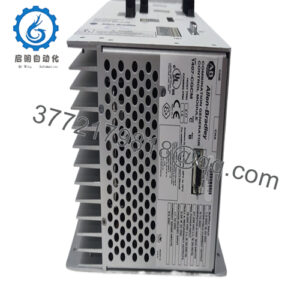Description
Real-World Use & Application Scenarios
In safety-critical industrial automation sectors, the TRICONEX 8310 power module is indispensable for delivering consistent, stable power to control systems safeguarding critical facilities. It is widely employed in power plants, oil refineries, petrochemical plants, and other heavy industries where system availability and operator safety are essential. These environments face challenges such as fluctuating power inputs, voltage surges, and the need for fault-tolerant operations to prevent shutdowns or hazardous failures.
The TRICONEX 8310 ensures uninterrupted power delivery to TRICONEX controllers and I/O modules, supporting continuous operation of safety instrumented systems (SIS) that monitor and control emergency shutdowns, fire and gas detection, and process interlocks. Its robustness allows it to operate efficiently in harsh industrial settings, contributing to the reliability required for compliance with stringent industrial standards such as IEC 61508 SIL 3 certification. This makes the TRICONEX 8310 power module vital in systems where milliseconds of power loss can jeopardize safety or production.
Product Introduction & Positioning
The TRICONEX 8310 is a dedicated high-density power supply module designed specifically for integration into TRICONEX TMR safety and control systems. Its role is to convert universal AC or DC input voltages into a steady 6.5 VDC power output that feeds critical components within the TRICONEX architecture. Compatible with main, expansion, and RXM racks, it adapts flexibly to various system designs, facilitating both new installations and upgrades of existing control systems.
- 8310
- 8310
For engineers and system integrators, the 8310 module stands out for its robust design, certification for nuclear safety applications, and an array of diagnostics that ensure operational health. It fits seamlessly into the TRICONEX platform, contributing to the system’s fault-tolerant infrastructure by providing redundant power paths that ensure no single point of failure. This module’s hot-swappable capability enhances maintainability, allowing for replacement or service without system interruption, a crucial feature in continuous process environments.
Key Technical Features & Functional Benefits
The TRICONEX 8310 supports a dual input supply, accepting 120 VAC or DC power ranging nominally from 85 to 140 VAC and 95 to 180 VDC, accommodating diverse industrial power sources worldwide. It delivers a stable 6.5 VDC output at up to 27 amps, providing a reliable and clean power source for TRICONEX safety control modules. Its power output capability of 175 watts at 60 °C ensures it can handle demanding system loads while maintaining stability.
Designed for harsh environments, the 8310 withstands operating temperatures from 0 to 60 °C with storage capability down to -40 °C, and humidity tolerance up to 95% non-condensing. The industrial-grade aluminum enclosure provides effective heat dissipation with a maximum of 50 watts, while vibration and shock resistance certifications reflect its ruggedness. Safety and diagnostic features include multiple LED status indicators (PASS, FAULT, ALARM, TEMP, BAT LOW) that give real-time information about system health and power conditions.
This module’s high isolation voltage (>1000 VAC or 1500 VDC input to output) protects sensitive components from electrical noise and transients. Its design supports hot-swapping and fault logging, which minimizes downtime and streamlines maintenance. The TRICONEX 8310’s compatibility with various TRICONEX chassis types and certified SIL 3 rating make it a critical element for engineers who demand dependable power continuity and performance in safety instrumented applications.
Detailed Technical Specifications
| Parameter | Value |
|---|---|
| Model | 8310 |
| Brand | TRICONEX |
| Product Type | Power Supply Module |
| Input Voltage Range (AC) | 85–140 VAC, 47–63 Hz |
| Input Voltage Range (DC) | 95–180 VDC |
| Output Voltage | 6.5 VDC ±1% |
| Output Power | 175 Watts at 60°C |
| Output Current | Maximum 27 Amps |
| Isolation Voltage | >1000 VAC or 1500 VDC (input to output) |
| Operating Temperature | 0 to 60 °C |
| Storage Temperature | -40 to 85 °C |
| Humidity | 5 to 95%, non-condensing |
| Weight | Approximately 3.2 kg |
| Mounting Type | Rack-mounted (Main, Expansion, RXM) |
| Dimensions (H x W x D) | 240 mm x 60 mm x 220 mm |
| Cooling | Natural convection |
| Certifications | TÜV certified, IEC 61508 SIL 3 |
Related Modules or Compatible Units
TRICONEX 4351B – Main processor module that works alongside the 8310 power module to execute control and safety logic.
TRICONEX 3625 – Digital output module compatible with systems powered by the 8310.
TRICONEX 9561-810 – Analog input module that complements the power module in advanced safety systems.
TRICONEX 8312 – Redundant power supply unit designed to provide fail-safe backup power.
TRICONEX 9662-810 – Communication module that integrates with TRICONEX platforms for network connectivity.
TRICONEX 3008 – Auxiliary processor module supporting extended system control capabilities.
Installation Notes & Maintenance Best Practices
During installation, confirm that the control rack supports 120 VAC or DC power supply inputs and verify that supply voltages fall within the specified range for the 8310. Ensure proper grounding and shielding practices are followed to reduce electrical noise interference impacting sensitive safety systems. Adequate ventilation is critical, as heat dissipation occurs through natural convection, so maintain surrounding clearance. Follow specified torque values when securing connectors to avoid contact degradation.
Routine maintenance should include regular visual inspections of LED status indicators for PASS, FAULT, ALARM, or temperature warnings, with immediate troubleshooting when alarms occur. Leverage the module’s built-in self-diagnostic and error logging features to predictively address deteriorating conditions. Hot-swapping capabilities facilitate service without system shutdown, but operators should log and schedule routine test intervals in accordance with system criticality. Keeping firmware and diagnostic tools updated ensures ongoing compliance with evolving safety standards.

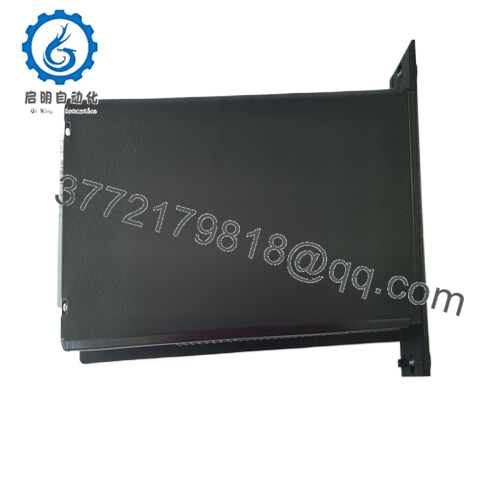
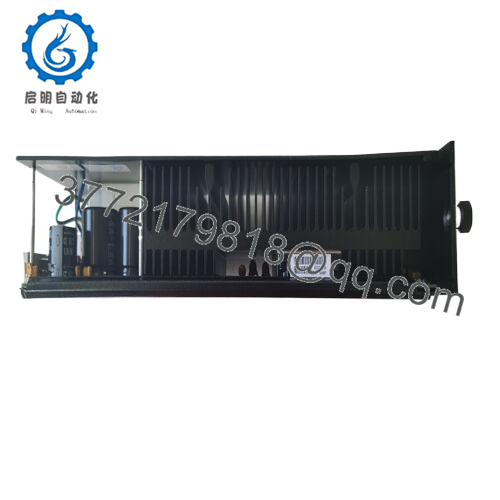
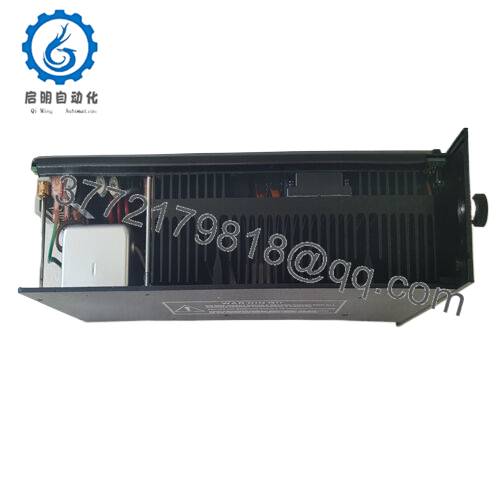
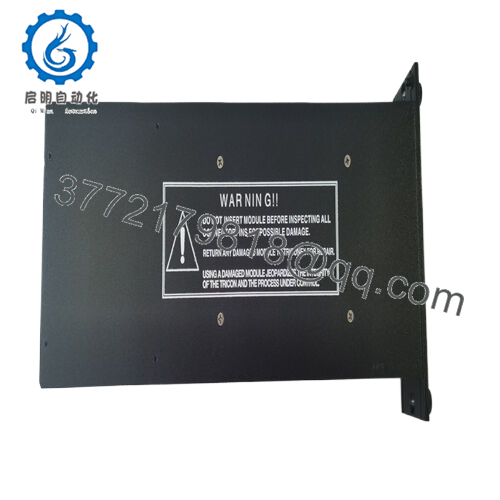
 WhatsApp: +86 16626708626
WhatsApp: +86 16626708626 Email:
Email:  Phone: +86 16626708626
Phone: +86 16626708626